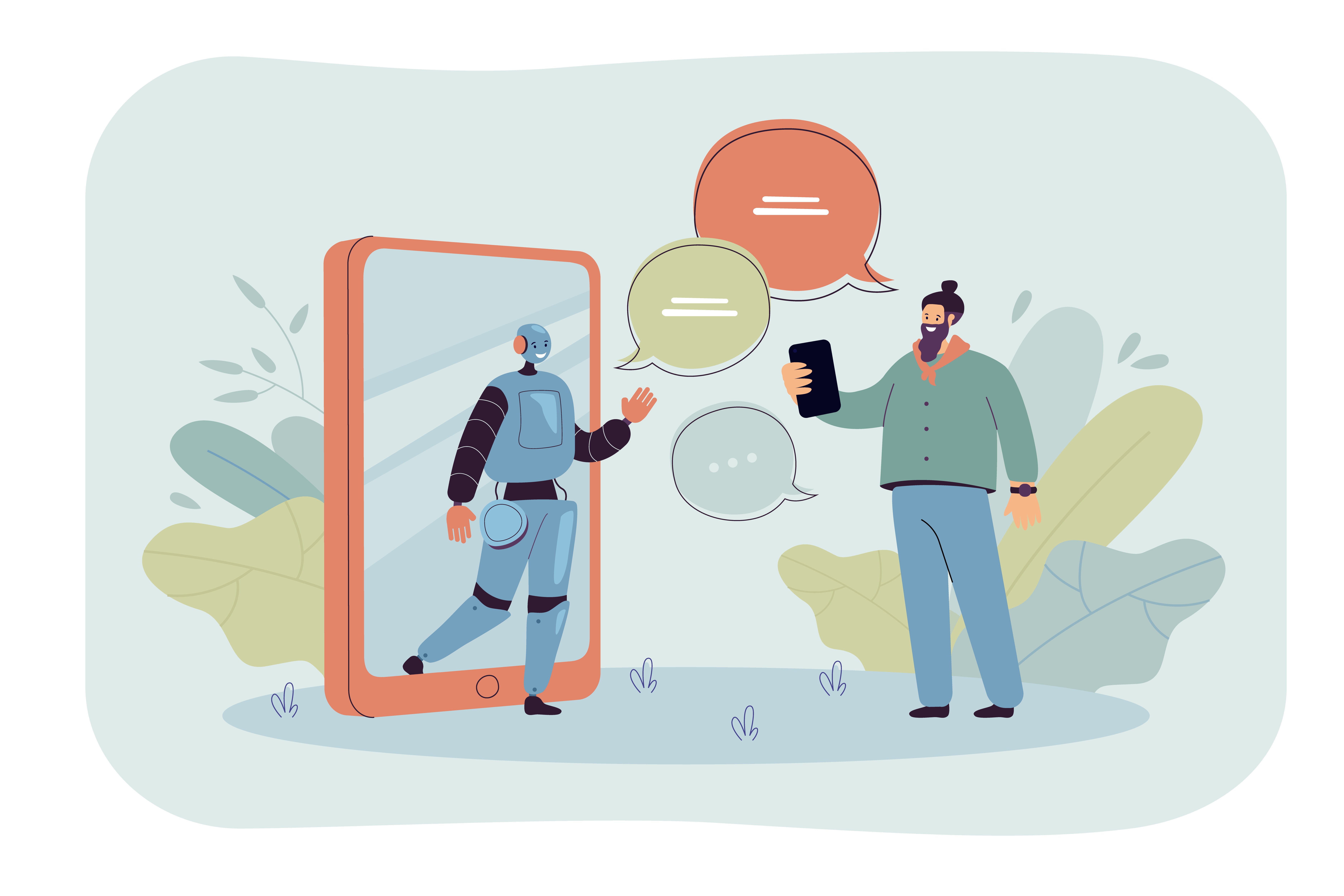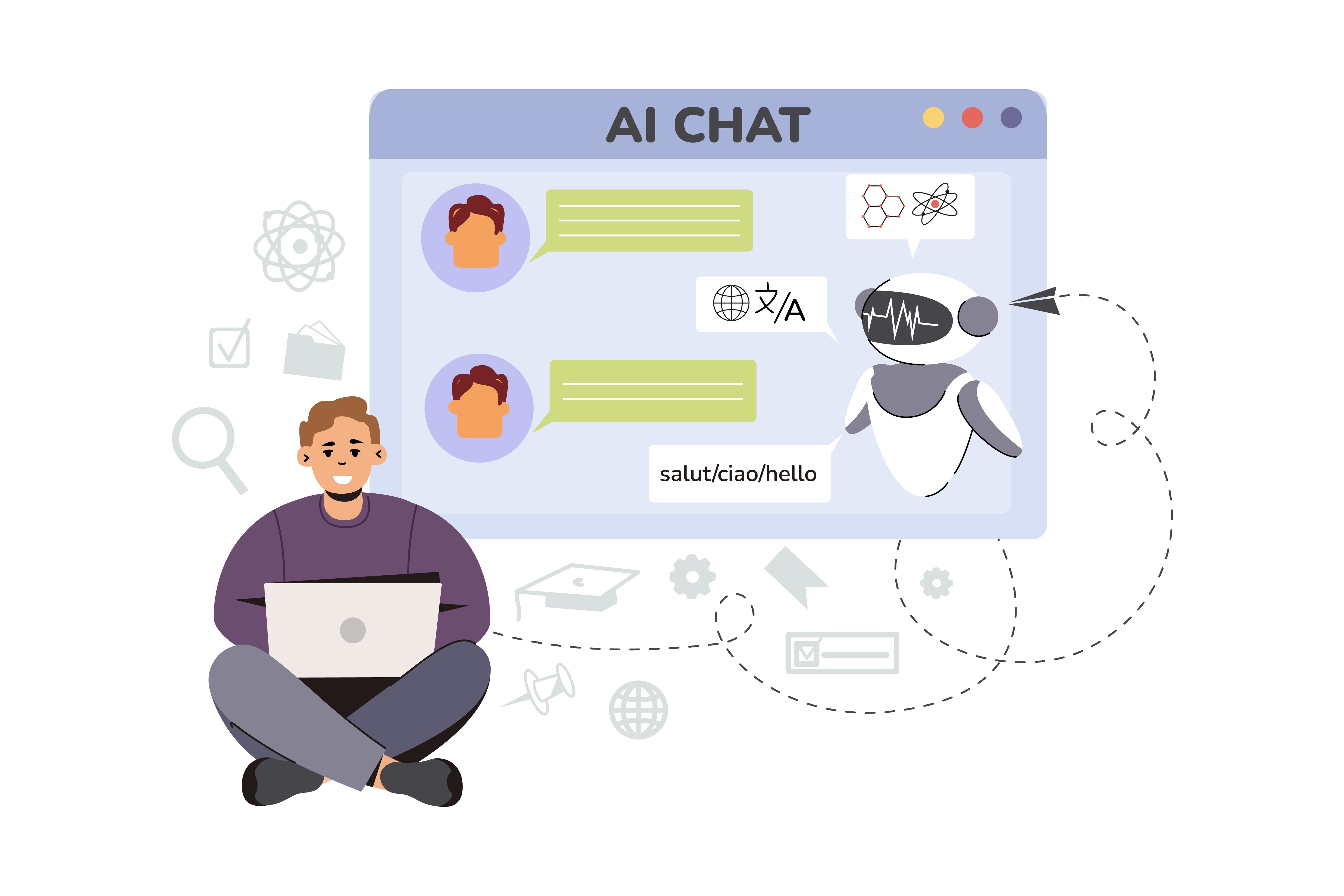From Chatbots to Immersive Portals: The Future of Customer Interaction
Digital technology reshapes customer interaction. Chatbots first helped with FAQs via text. Now, immersive portals offer richer experiences for customer support teams and sales staff. This change marks the next step in the customer journey.
Evolution of Customer Interaction
Customer interaction has changed fast. In the early days, customers called businesses with issues. Next came email, live chat, and chatbots.
AI chatbot tools now answer questions instantly. They use natural language processing to understand customer needs. This reduces wait times and improves satisfaction.
Today, immersive portals rise. These systems combine chat, video, and guided flows to create hybrid experiences. A customer may chat or go into a virtual walkthrough of a product. That boosts customer engagement and meets modern expectations.
How Chatbots Improve Customer Experience
Chatbots handle many issues in real time. Simple ones reply from a knowledge base. More advanced ones use AI chatbot logic to handle complex queries.
They can hand over to customer service representatives when needed. This mix ensures smooth service.
Sales teams benefit too. A chatbot qualifies leads before a sale. It collects customer data and gauges intent. That helps the sales team focus on real conversations. The result: better customer satisfaction.
Chatbots work across multiple channels—web, mobile, social media, and phone calls. They speed up answers and give consistent support.
Read more: Generative AI for Customer Service: The Ultimate Guide
Immersive Portals Enter the Scene
Immersive portals take interaction further. These systems guide users through virtual spaces.
Imagine a customer viewing a product in 3D on your site. Or walking through a branch via VR. These tools put the user at the heart of the customer experience.
They also support self-service. A portal can show steps for setup or repairs. This reduces the need for human support. It also cuts the phone call load.
The knowledge base can include interactive guides. These guides offer rich content in context.
Immersive portals also help sales. A portal can demo new features or pricing. That enhances engagement and increases conversions.
Real Time Insight Across Channels
Customer interaction now spans multiple touchpoints. A user may chat, visit a portal, call, or email. All these steps form the customer’s journey.
Platforms that track the stage of the customer interaction cycle let firms follow each step. They monitor what worked—chat, portal view, or phone call. That helps companies understand customer needs better. Firms can improve support and strategy over time.
Read more: The Pros and Cons of Generative AI in Customer Service
AI Chatbots and Natural Language Processing
AI chatbot systems use natural language processing deeply. They interpret intent and tone. Chat data and knowledge base content feed the model. This training keeps bots up-to-date with FAQs and new issues.
When bots hit a complex issue, they escalate to customer service representatives. That keeps the interaction seamless and professional.
Smart bots help cut down phone calls. They also enrich customer service interactions by giving context to agents. This boosts customer engagement and cuts resolution time.
Benefits for Customer Service and Sales
These advances bring clear gains:
-
Faster answers and less waiting.
-
Higher satisfaction.
-
Stronger engagement across channels.
-
Sales teams get better leads.
-
Agents handle complex cases with more context.
-
Self-service reduces costs and effort.
-
Adopting Customer Interaction Management (CIM)
A CIM platform connects chatbots, portals, phones, and email. It logs each customer service interaction. It lets staff access the full history. Teams can better understand situations and offer tailored help.
An integrated knowledge base feeds all channels. It ensures consistent responses across chatbots, portals, and agents. This consistency builds trust in the brand.
Meeting Customer Expectations Today
Customers expect fast answers, across channels, with personalised service. Failure risks damage to trust. Using AI chatbot tools and immersive portals delivers modern support that meets expectations.
Great experiences foster loyalty. They also bring competitive advantage. In industries from retail to finance, interactive systems stand out.
Metrics That Matter
Success depends on metrics:
-
Cycle time: How fast was the issue resolved?
-
Satisfaction: Was the customer happy with support or the portal?
-
Engagement: Did they complete the interaction?
-
Conversion: Did the portal drive a sale or demo sign-up?
These metrics guide improvements. They also show ROI for chatbot and immersive portal investments.
Read more: Customer Experience Automation and Customer Engagement
Privacy and Compliance
Systems must align with data rules. If you collect personal data, you need clear consent. Recordings and transcripts must follow GDPR rules. Chat and portal systems must store data securely and only for agreed durations.
Personalisation at Scale
Personalisation means tailoring service to each customer. Immersive portals can adjust their interface for each user. Chatbots suggest options based on past behaviour.
They can greet returning customers by name and show context. This boosts trust and satisfaction.
Sales teams see what users viewed in portals before a call. They use that insight to guide conversations. It saves time and makes calls more relevant. It helps on both sides.
Read more: AI in Customer Service: Efficiency and Personalisation
AI for Multilingual Support
Global markets need many languages. AI chatbot technology can auto-translate chat in real time. Agents read queries in English, French, or Spanish.
They then reply in the customer’s language. The system translates it back. This improves service. It also cuts costs on translators.
Immersive portals can offer region-specific content. They show images and guides in relevant formats. That boosts clarity and local relevance.
Training Staff with AI Insights
Teams need training to work with new tech. Chatbots collect anonymised transcripts. Training teams use transcripts to create real case studies. They highlight successful interactions.
They also note where bots passed customers to staff. Staff learn from these examples. That improves overall performance.
Portals supply analytics on usage. Training teams see which modules worked well. They adjust portal scripts and paths accordingly. This keeps the system fresh.
Consistency in Brand
Each interaction reinforces the brand. Chat tone, visual style, and portal flow—all support brand identity. Customers get a unified look and feel. That builds confidence.
Better support across channels improves brand reputation. It signals that the business invests in service.
AI-Driven Customer Insights
AI systems process chat logs and portal data. They identify common questions and friction points. They also reveal popular product features.
They generate reports. Teams use them to refine products and support content.
Low-level trends like “80% ask about shipping time” jump out fast. Staff proactively update portal guides.
Read more: Immersive XR: The Future of Customer Engagement
Integrating with CRM and ERP
Chatbots share data with CRM systems. Portals log sessions linked to the user profile. Agents see purchase history and chat context. They use that for relevant responses.
This integration reduces time on phone calls. It helps with upsell and follow-up suggestions. That links directly to sales growth.
Security and Access Controls
All channels must be secure. Chatbots encrypt customer chats. Portals require secure login. Agents have role-based access to records. This ensures data protection. It also helps with GDPR compliance.
Exporting and sharing transcripts must be controlled. Admins set download and share rules. This builds trust.
Automation of Compliance
Automated compliance checks can flag risky language or data. Bots can warn users or redirect them. Staff see alerts in real time. That prevents leaks or errors.
The system can enforce document retention rules. It aligns with GDPR. It supports audits and data protection law.
Return on Investment (ROI)
ROI comes from:
-
Lower call volume.
-
Faster resolution.
-
More sales.
-
Lower training costs.
-
Compliance automation.
Companies often see ROI within months. They get both cost savings and revenue gains.

Planning for Deployment
Deploying this system needs steps:
-
Map customer journeys.
-
Build knowledge base content.
-
Configure chatbot flows.
-
Design portal interactions.
-
Connect CRM and compliance tools.
-
Train teams.
-
Pilot test.
-
Go live and monitor metrics.
-
Iterate based on feedback.
-
Clear planning helps reduce risk.
Customer Expectations and Instant Feedback
Customers now expect instant replies. They do not wait long. If bots or portals are slow, users leave. Real-time answers improve engagement. Chatbots meet this need well. They reply in seconds. Portals show next steps right away.
Feedback collection is part of interaction. Chatbots can ask quick questions. Portals collect feedback at each step. This gives firms up-to-date insights. They use that data to fix issues.
Read more: How NLP Solutions Are Improving Chatbots in Customer Service?
Reducing Drop-Off Rates
Long forms or unclear instructions cause drop-offs. Chatbots split forms into short steps. Portals explain tasks with tooltips and visuals. That keeps users moving.
By guiding users, systems reduce frustration. A better flow means fewer abandoned interactions. This saves time for staff and reduces lost sales.
Supporting Different Devices
Not all users sit at a desk. Many use phones or tablets. Portals must work on all screen sizes. Chatbots must support mobile typing.
Systems must auto-adjust layout and content. That means fast load times and simple views. Accessibility support is also key. Larger text, voice options, or keyboard navigation help all users.
Crisis Management
In critical times, fast updates matter. Businesses may face service outages or delays. Bots and portals share alerts fast. They explain issues and give status updates.
During crisis moments, companies must stay calm and clear. Bots send facts, not guesses. Portals update based on live feeds. This avoids confusion.
Integration with Internal Tools
Support teams use other software too. Helpdesk tools, product manuals, and ticket systems all matter. Bots and portals link to these tools. That means fewer screens and better answers.
Bots check inventory or shipping tools live. Portals fetch prices or return policies from internal databases. This improves first-contact resolution.
Upselling and Conversion
Chatbots guide users through products. Portals suggest extras based on past behaviour. AI helps decide what to show. This boosts average order value.
Smart suggestions feel helpful, not pushy. They solve problems and meet needs. This builds trust and helps customers feel in control.
Data Privacy and Trust
All chat and portal data must stay safe. Users care about privacy. They expect consent notices and clear data use terms.
Systems must follow GDPR rules. Consent forms, deletion tools, and clear privacy wording are key. Users want control over their personal data.
Transparency builds long-term trust. It shows users that their details are handled with care.
Continuous Improvement
Customer interaction tools need updates. Chatbots must learn from new questions. Portals must adapt as products change.
Feedback and data show what works. Teams use these insights to update content and flows. This keeps the system useful and relevant.
Regular reviews make sure it stays aligned with customer needs and business goals.
Future of Customer Interaction
Video chat, augmented reality, or virtual agents come next. Voice bots could handle voice calls. Agents may receive visual cues during video chat. Portal experiences may include product demos in AR.
Research on emotion sensing may provide sentiment-based responses. That will enhance customer satisfaction.
How TechnoLynx Can Help
TechnoLynx builds systems that combine chatbots and immersive portals. We design intuitive portals linked to knowledge bases. We create AI chatbot flows that handle FAQs and pass complex cases to agents.
We integrate phone systems so agents can call back. We also bring in analytics platforms. These track key metrics across all channels.
Our team keeps an eye on compliance. We help set retention rules and data security standards. We train staff and give ongoing support.
If you want to improve customer interaction, get in touch with TechnoLynx. We create systems that drive customer satisfaction, reduce overhead, and support real-time engagement.
Image credits: PCH Vector and RedGrayStock













